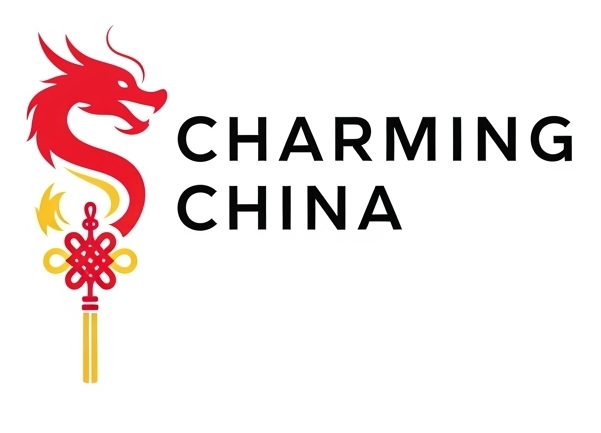Chang’e Flying to the Moon: China’s Beloved Moon Goddess Legend
Among the many myths in Chinese culture, the story of Chang’e (嫦娥), the Moon Goddess, stands out as one of the most poetic and enduring. Known as “Chang’e Flying to the Moon” (嫦娥奔月), the legend combines love, sacrifice, and immortality. Today, the tale continues to inspire literature, art, and China’s Mid-Autumn Festival, while also resonating with people worldwide fascinated by the moon.
The Story of Chang’e
The legend centers on the heroic archer Hou Yi and his wife Chang’e.
- Hou Yi: A skilled archer who saved humanity by shooting down nine of the ten suns scorching the earth.
- Chang’e: His beautiful and devoted wife, later known as the Moon Goddess.
- The Elixir of Immortality: A magical potion that changes the couple’s destiny.
Plot Summary:
After Hou Yi’s heroic deed, he was gifted an elixir of immortality. However, Chang’e drank it—either to protect it from a thief or because of fate—and ascended to the moon, becoming immortal. From then on, she lived on the moon, separated from Hou Yi, who could only gaze at her from afar.
Cultural Significance
- Love and Separation: A symbol of eternal love despite distance.
- Immortality and Sacrifice: Themes of fate, destiny, and choices.
- Moon Worship: The story strengthens the cultural tradition of admiring the moon during the Mid-Autumn Festival.
Chang’e in the Mid-Autumn Festival
The Mid-Autumn Festival (中秋节), celebrated on the 15th day of the 8th lunar month, is closely tied to Chang’e:
- Families gather to admire the full moon, believed to be the time when Chang’e shines brightest.
- Mooncakes are offered as a symbol of reunion and remembrance.
- The legend adds a romantic and mythical dimension to the festival.
Modern Influence
- Space Exploration: China’s lunar exploration program is named “Chang’e Project”, symbolizing the nation’s dream of reaching the moon.
- Art & Literature: The story is retold in poems, operas, films, and animations.
- Global Appeal: Similar to Western myths like Selene (Greek Moon Goddess), Chang’e connects cross-cultural fascination with the moon.
Chang’e Appeals Globally
- Universal Themes: Love, sacrifice, and longing resonate across cultures.
- Moon Symbolism: The moon has always inspired human imagination worldwide.
- Romantic Imagery: The idea of a goddess on the moon watching over earth enchants readers and viewers alike.
FAQs
Q1: Who is Chang’e?
Chang’e is the Chinese Moon Goddess, a central figure in one of China’s most famous myths.
Q2: Why did Chang’e fly to the moon?
She drank the elixir of immortality, causing her to ascend to the moon and live there forever.
Q3: What is Hou Yi’s role in the story?
Hou Yi was Chang’e’s husband and a legendary archer who saved humanity by shooting down nine suns.
Q4: How is Chang’e connected to the Mid-Autumn Festival?
The festival celebrates moon worship, family reunion, and remembrance of Chang’e’s story through traditions like moon gazing and eating mooncakes.
Q5: Why is China’s lunar program called “Chang’e”?
It symbolizes the continuation of China’s dream to reach the moon, connecting ancient myth with modern technology.
